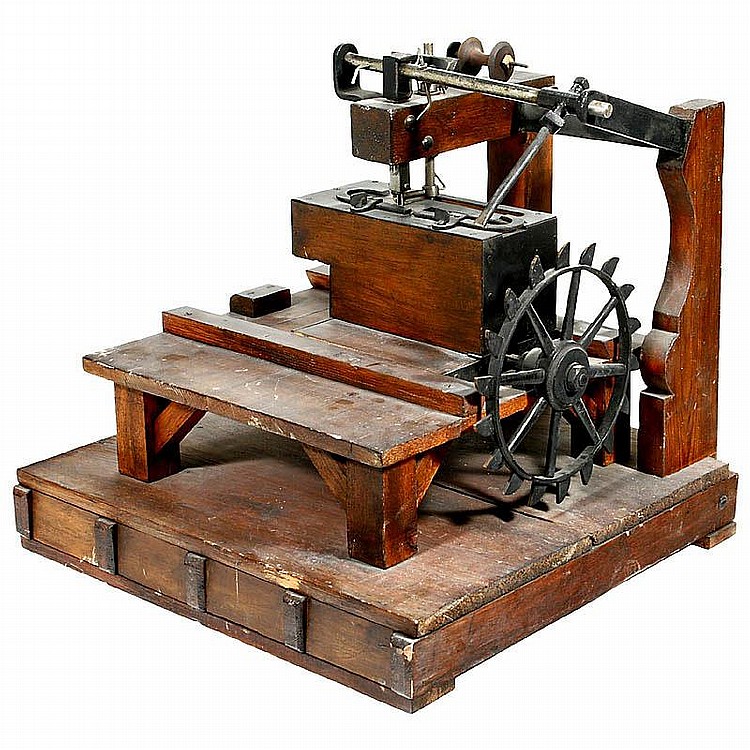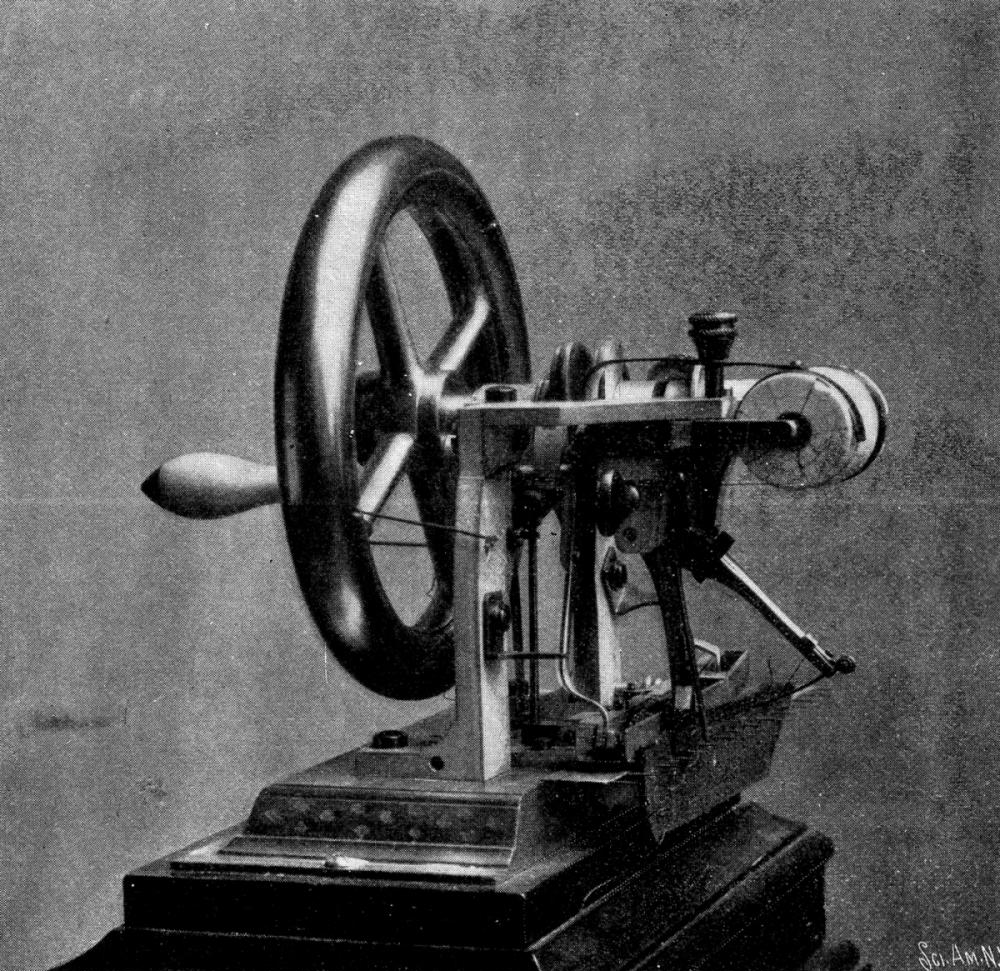The Introduction of the Sewing Machine in England
Early versions of the sewing machine were introduced to England at several points throughout the nation's history. The earliest known of these introductions was in 1790, when an English inventor and tailor named Thomas Saint created a machine that could stitch leather.

Next came the French inventor Barthelemy Thimonnier. He built 80 machines and had them all stored in a workhouse. He patented his design in 1830. However, a large mob of French laborers who were terrified at losing their jobs to these newfangled machines broke into the shop and destroyed every last machine. Thimonnier escaped with his life and tried to rebuild what he’d created, eventually making his way to England to escape the persecution he was facing back in France. His efforts weren’t popular there, either, and he starved to death in a London poorhouse.

The torch was quickly taken up by Elias Howe, a young apprentice in Boston. He tried to make a machine that would imitate the handstitching his wife produced—and could never quite get the stitches to look right until he collaborated with one of the machine's previous inventors, a man named Hunt, and changed the type of needle in the machine. The machine was a success.
Howe traveled to England and hosted a man v. machine challenge, where he bested five seamstresses with his machine and produced a much higher quality of work. The English public hated the machine, and all of Howe’s advertising efforts failed—despite the obvious benefits to using it. As Howe’s wife struggled with failing health back in the states, Howe had no money to leave England, and he risked meeting the same fate as both his Austrian and French predecessors. He eventually sold his patents and designs to pay for passage back to America in 1849, but discovered that designs near-identical to his own began popping up everywhere, both in England and in the States. After his wife’s death, he fought relentlessly to get his patents back and won every case in court.

Howe was approached by a man named Isaac Singer. Singer wanted to combine the patents of himself, Howe, and seven other designers and inventors to create the perfect machine. This ended up being the perfect recipe for a sewing machine, and a Singer sewing machine is still the most popular type of machine used today in 2021. In 1850, Singer began mass-producing his machines and selling them to the public. Singer died in 1875 in Devon, England and left behind a total of 22 children in his will from a combination of adulturous marriages. The first Singer sewing machine was sold for 100 American dollars, which was much heftier of a price than most English households could afford at the time, but Singer devoted the rest of his life to producing cheaper and more readily available versions of the machine.


